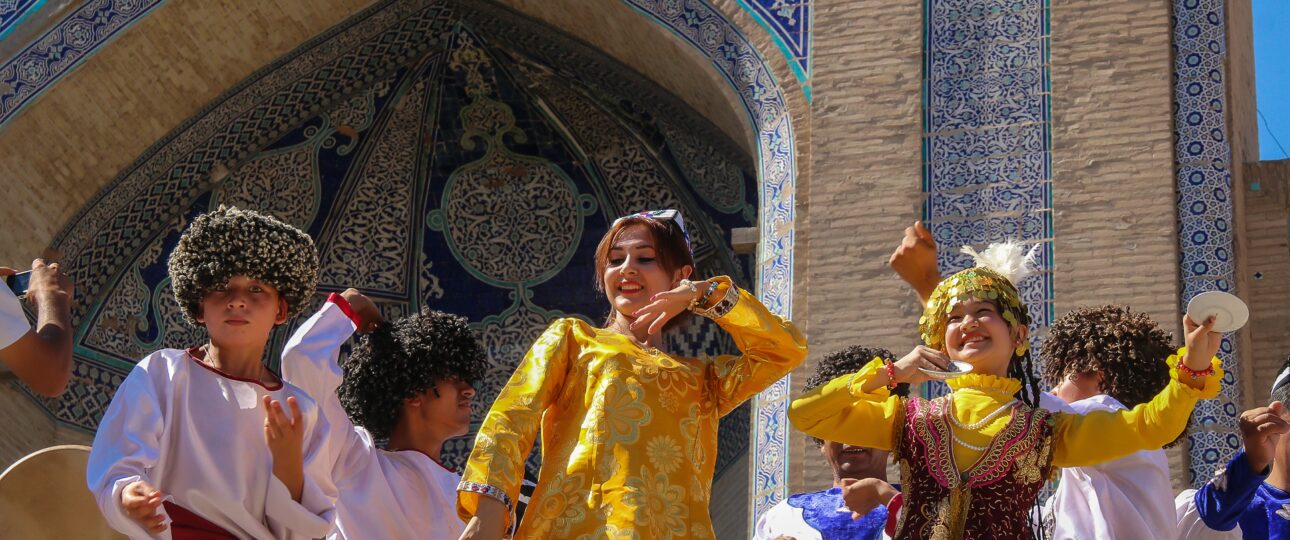Human beings have always moved from place to place exchanging their cultures and expanding them. The continuous migration and mixing of groups brought about passing and sharing of knowledge, ideas, cultures, and beliefs. This nonetheless had an intense impact on the history and civilizations that emerged in the area. Silk Roads went through the same impact and saw a lot of cultural phases.
Development of the Silk Road culture
Silk Roads seemed intriguing not only because of the trade but also because of the rational and cultural exchange that took place in the cities lying along the Silk Roads. Most of these cities developed into culture and learning centers for the Eurasian people. Science, arts and literature flourished apart from the crafts and technologies that were shared into the Eurasian societies. The vast networks conveyed more than just merchandise. The languages, religions and cultures of the Eurasian countries along the Silk Routes developed and influenced each other extensively.
Silk Production and the Silk Trade
Silk is a textile of ancient Chinese origin and is regarded as an extremely high-value product. The process of its production was kept a fiercely guarded secret within China for some 3,000 years. Outstanding examples of silk work, including gauze and embroidered silk, brocade, and the first complete silk garments can be seen in the Tombs in the Hubei.
A diversity of routes and cargos
Silk trade was undoubtedly one of the earliest catalysts for the trade routes across Central Asia. However, a lot of other products were traded between east and west including vegetables and fruit, textiles, spices, animal hides, tools, woodwork, grain, metalwork, religious objects, artwork, precious stones and a lot more. These trading paths followed not one but several trails still in use until the 19th century.
Religious cultures-
The Silk routes were significant in the propagation of different religions throughout Eurasia. Buddhism traveled through the Silk Roads carrying Buddhist art and shrines along with them in Borobudur in Indonesia, Bamiyan in Afghanistan and Mount Wutai in China.
Hinduism, Christianity, Islam, Zoroastrianism and Manicheism propagated similarly. Hinduism and subsequently Islam were introduced into Indonesia and Malaysia by Silk Road maritime travelers and migrants.
The cultural legacy of the Silk Roads-
The roads were also discovered by archaeologists and geographers and enthusiastic explorers looking for adventure.
This led to numerous academic studies and archaeological discoveries, and most of all, a renewed interest in the history of these routes and this was preserved behind in the form of a legacy. Historic buildings and monuments still stand on the grounds of the Eurasian countries marking the passage of the Silk Roads. The culture is reflected by the interconnected languages, customs and religions that have developed over millennia along these routes

